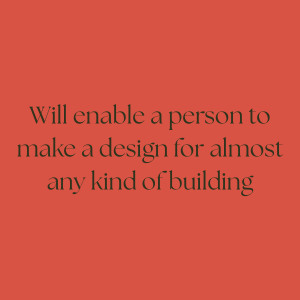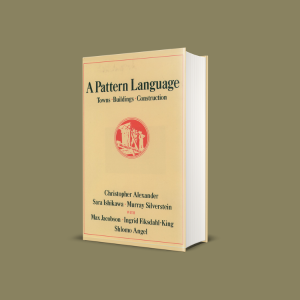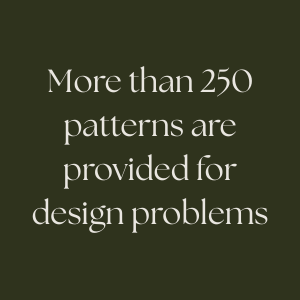Customer Services
Copyright © 2025 Desertcart Holdings Limited
Desert Online General Trading LLC
Dubai, United Arab Emirates




A Pattern Language: Towns, Buildings, Construction (Center for Environmental Structure Series)





Trustpilot
1 month ago
2 months ago